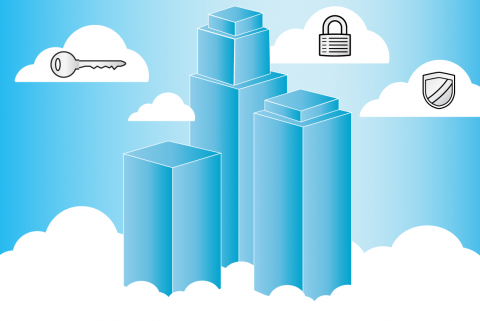It's obvious that change is constant. Just look around the IT landscape over time and the changes are astounding. In just a few years employees are using their portable devices more than their desktops... that is if they even have a desktop computer. Laptops have become the defacto office computer. I asked Andy White, CMO of EasyVista for his perspective on changes in IT infrastructure. White looks beyond the more obvious changes and takes a shot at how infrastructure itself is morphing:
"There are some quite interesting changes that are not so obvious. Let’s get the obvious out of the way. For this we only need to look at the last 20 years IT history and also what the scientists are working on at a component level. Infrastructure will get faster, more connected, denser, electrically more efficient and more virtualized. Additionally infrastructure will continue to be available via many supply chains. Appliances, IaaS and PaaS, but these are merely distribution channels or packaging options.
The not so obvious changes will be driven from the question…. “why do we need infrastructure?” This used to be relatively simple. We used infrastructure to “connect and collaborate.” First internally and now of course externally…. But yesterday we (IT) only had to deal with a few 100 million things… Now we have to manage trillions of things. We are now in a world of customer engagement, customer service, profiling….connected service…. In short A DIGITAL COMPANY. The old way of doing things cannot handle the 3.0 world.
We are about to embark into the age of Intelligent Infrastructure. An infrastructure that learns. That is deeply connected with our application layer, and critically our Service layer. This will involve a 90° shift in architecture design, from being silo based to process based where customer engagement and big data analytics and service technologies are embedded within. Infrastructure is about to recognize it has a customer.. it is no longer buried deep in the basement or sky high in a cloud out of touch and out of sight.
Across the whole of IT, we have to constantly challenge ourselves…Why do we do it this way. Over the last 5 years IT has lost a lot of control due to CoIT and business unit decisions to bring in disjointed technology. However, we are witnessing the dawn of ‘NEW-IT’ thinking which is putting IT back in charge, leading transformation joining up the business and its strategy."
Watch Jim Whitehurst's video, "Red Hat CEO on the death of 2.0."




